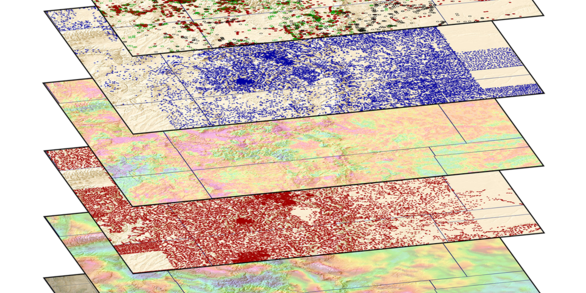Mineral Statistics and Commodity Information
Information on domestic and international supplies and uses of mineral commodities essential to the U.S. economy and to national security
Critical Mineral Resources
Research and assessment activities for current information on the nation and world's critical mineral resources
Earth Mapping Resources Initiative (Earth MRI)
Assessments of Undiscovered Mineral Resources
Our scientists study existing mineral deposits in order to understand where potential deposits may occur
Mineral System Life Cycles
Studies to promote sustainable development and responsible stewardship of our natural resources
Mineral Resources Program
The USGS Mineral Resources Program (MRP) delivers unbiased science and information to increase understanding of ore formation, undiscovered mineral resource potential, production, consumption, and how minerals interact with the environment. MRP supports data collection and research on a wide variety of non-fuel mineral resources that are important to the Nation’s economic and national security.
Science Priorities
We study geologic processes that concentrate known mineral resources at specific localities in the Earth's crust, and assess quantities, qualities, and areas of undiscovered mineral resources, or potential future supply.






